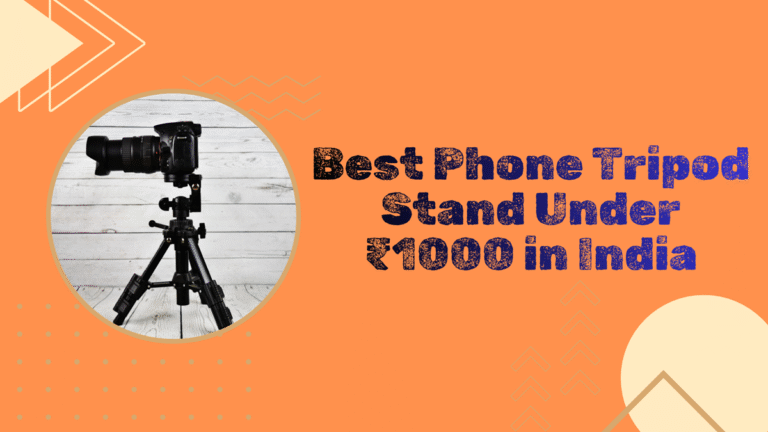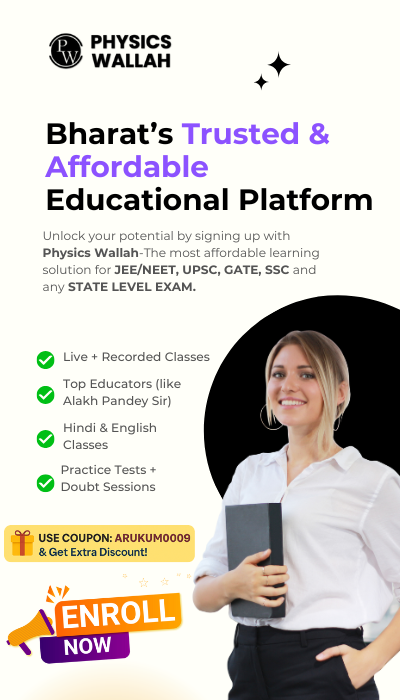Quick Summary / Takeaway
If you’re serious about vlogging, building a YouTube channel, or creating professional content in 2025, a dedicated vlogging camera offers superior image quality, better low-light performance, clearer audio, manual controls, and long-term growth potential.
However, if you’re just starting out or create casual, everyday content, a smartphone is often good enough and requires zero setup.Bottom line:
- Buy a vlogging camera if you want higher-quality videos, plan to grow professionally, or feel limited by your phone.
- Stick to your smartphone if you’re a beginner, on a tight budget, or mainly create casual or short-form content.
Deciding whether to buy a vlogging camera can feel overwhelming—especially with smartphones getting better each year and dozens of vlogging camera models launching in 2025. If you’re a beginner, aspiring influencer, or established creator, the real question is:
Do you actually need a dedicated vlogging camera—or is your smartphone enough?
This guide breaks it down using real user scenarios, pros and cons, cost factors, and the features that matter most.
Similar post you may also like
Smartphone vs Vlogging Camera: Which One Do You Need?
Most creators fall into one of two categories:
1. Beginners & Casual Vloggers
If you’re just starting out on YouTube, TikTok, or Instagram, your smartphone might be enough—especially if you focus on short-form content or spontaneous vlogging. Modern smartphones offer excellent video quality, stabilization, and quick sharing features.
2. Aspiring or Professional Creators
Once you care about cinematic quality, low-light performance, depth of field, or professional audio—your smartphone starts showing its limits. This is where a dedicated vlogging camera becomes a game changer.
Pros of Buying a Dedicated Vlogging Camera
Dedicated vlogging cameras come with several major advantages that phones can’t compete with long-term.
1. Superior Image Quality and Low-Light Performance
Vlogging cameras offer larger sensors, better lenses, and more advanced processing. This results in:
- Sharper, clearer videos
- Improved dynamic range
- Less noise in low light
- Better background blur (bokeh)
If you shoot indoors, at night, or during travel, you’ll instantly notice the difference.
2. Full Creative Control With Manual Settings
Cameras give you manual control over:
- Focus
- Aperture
- ISO
- Shutter speed
- White balance
This flexibility helps you craft a specific look—something smartphones cannot fully replicate, even with apps.
3. Better Audio With External Mic Support
Good audio is crucial for vlogging. Most dedicated cameras offer:
- External microphone inputs
- Higher-quality built-in mics
- Wind noise reduction
- Cleaner voice pickup
This is especially useful for interviews, travel vlogs, outdoor shoots, or cinematic storytelling.
4. Longer Battery Life + Expandable Storage
For long shoots, smartphones drain quickly.
Vlogging cameras:
- Last longer per battery
- Support multiple batteries
- Allow large SD cards for hours of shooting
Perfect for travel, events, or full-day content creation.
5. Best Beginner Vlogging Cameras for 2025
Based on your research, recommended global models include:
- Sony ZV-1 — Great all-rounder for beginners
- Canon PowerShot V10 — Budget-friendly and compact
- Sony ZV-E1 — Advanced, cinematic quality
These cameras are widely available across the US, UK, Europe, India, and Southeast Asia.
Pros of Using Your Smartphone for Vlogging
Smartphones remain the most convenient tool for new vloggers—and for good reason.
1. Maximum Convenience and Portability
Just pick up your phone and shoot. No extra gear, lenses, or batteries.
2. High-Quality Video for Social Media
Flagship phones deliver:
- Strong stabilization
- Good colors
- High dynamic range
- Smooth 4K recording
Great for TikTok, Shorts, Instagram Reels, and casual YouTube vlogs.
3. Beginner-Friendly With No Learning Curve
You don’t need to understand ISO or shutter speed. Just point and shoot.
4. Cost-Effective
If you already own a good smartphone, it’s the cheapest way to start.
Vlogging Camera vs Smartphone: Summary Table
| Option | Pros | Cons |
|---|---|---|
| Dedicated Camera | Higher image/audio quality, creative control, long battery | Higher cost, learning curve |
| Smartphone | Convenience, portability, ease of use | Limited manual control, lower audio quality |
When Should You Buy a Vlogging Camera? (Real Scenarios)
Here are clear situations where upgrading to a dedicated camera makes sense.
Scenario 1 — You’re Serious About YouTube Growth
If your goal is to grow, monetize, or become a full-time creator, a dedicated vlogging camera is a smart investment.
Scenario 2 — You Film in Low-Light or Indoors
Phones struggle in poor lighting. Cameras handle it far better.
Scenario 3 — You Want Cinematic, Professional-Looking Videos
For travel vlogs, sit-down videos, tutorials, lifestyle content, or educational videos, the quality upgrade is noticeable.
Scenario 4 — Your Phone Storage or Battery Keeps Running Out
Dedicated cameras solve this problem with SD cards and battery packs.
Scenario 5 — You Need Better Audio
Using an external mic with your camera makes your content instantly more professional.
When Should You Not Buy a Vlogging Camera?
You may not need a dedicated camera if:
- You’re creating short-form content only
- You don’t plan to monetize
- You prefer casual vlogging
- You’re still learning editing, scripting, or lighting
- Your budget is limited
In these cases, maximizing your smartphone first is smarter.
Vlogging Camera Buying Guide (Features to Consider)
If you decide to invest, here’s what to look for:
1. Sensor Size
Larger sensors = better image quality and low-light performance.
2. Autofocus System
Look for fast, accurate eye-tracking and smooth transitions.
3. External Mic Input
Essential for professional audio.
4. Flip Screen
Critical for self-shooting and framing your vlogs.
5. Weight & Portability
Travel vloggers should choose lightweight options like the Canon V10 or Sony ZV-1.
6. Battery Life
More battery = more shooting time.
7. Stabilization
Optical or digital stabilization helps produce smoother handheld footage.
Best Beginner Vlogging Camera Recommendations for 2025
Based on your research-backed recommendations:
1. Sony ZV-1
Best all-in-one compact vlogging camera.
2. Canon PowerShot V10
Great for beginners on a budget.
3. Sony ZV-E1
For creators wanting professional, cinematic results.
Budget Considerations (Global + India Insight)
In India, good entry-level vlogging cameras—such as the Sony ZV-1F or Canon PowerShot V10—start around ₹50,000, with some lower-priced options available for tighter budgets.
Globally, these models typically range between $350–$900 USD, depending on deals and location.
Smartphone or Camera for YouTube Vlogs? (Straight Answer)
Here’s the simplest way to decide:
- Use your smartphone if you’re starting out, experimenting, or creating short-form content.
- Upgrade to a vlogging camera when you feel limited by your phone’s quality, audio, storage, or creative flexibility.
Final Verdict — Is a Vlogging Camera Worth It?
Yes—if your goal is long-term content growth, higher-quality videos, and professional-level production.
No—if you’re a casual vlogger, experimenting, or working with a tight budget right now.
Start with what you have → improve your skills → then invest.
Conclusion
A vlogging camera can significantly raise the quality of your YouTube videos and give you more professional control—but it’s not mandatory for beginners. Start with your smartphone, understand your style, and upgrade only when you’re ready.
If you want personalized recommendations based on your content style, budget, and goals—I can help shortlist the perfect vlogging camera for you.
Just tell me your budget and the type of content you create.









